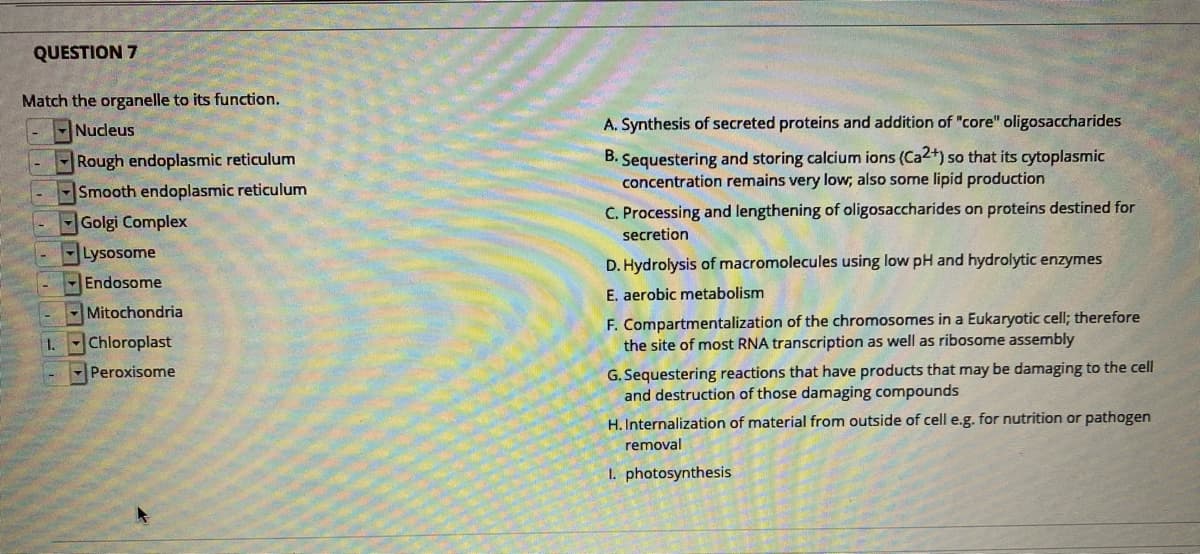Match the organelle to its function. Nucleus A. Synthesis of secreted proteins and addition of "core" oligosaccharides Sequestering and storing calcium ions (Ca2+) so that its cytoplasmic concentration remains very low, also some lipid production B. Rough endoplasmic reticulum Smooth endoplasmic reticulum C. Processing and lengthening of oligosaccharides on proteins destined for Golgi Complex secretion Lysosome D. Hydrolysis of macromolecules using low pH and hydrolytic enzymes Endosome E. aerobic metabolism Mitochondria F. Compartmentalization of the chromosomes in a Eukaryotic cell; therefore the site of most RNA transcription as well as ribosome assembly 1. Chloroplast G. Sequestering reactions that have products that may be damaging to the cell and destruction of those damaging compounds Peroxisome H. Internalization of material from outside of cell e.g. for nutrition or pathogen removal 1. photosynthesis
Structure and Composition of Cell Membrane
Despite differences in structure and function, all living cells in multicellular organisms are surrounded by a cell membrane. Just like the outer layer of the skin separates the body from its environment similarly, the cell membrane, also known as 'plasma membrane,' separates the inner content from its exterior environment.
Cell Membrane
The cell membrane is known by different names like plasma membrane or cytoplasmic membrane, or biological membrane. The term "cell membrane" was first introduced by C. Nageli and C. Cramer in the year 1855. Later on, in 1931, the term "plasmalemma" for cell membrane was given by J. Plowe. The cell membrane separates the cell's internal environment from the extracellular space. This separation allows the protection of cells from their environment.
Prokaryotes vs Eukaryotes
The cell is defined as the basic structural and functional unit of life. The cell membrane bounds it. It is capable of independent existence.

Trending now
This is a popular solution!
Step by step
Solved in 2 steps with 1 images




